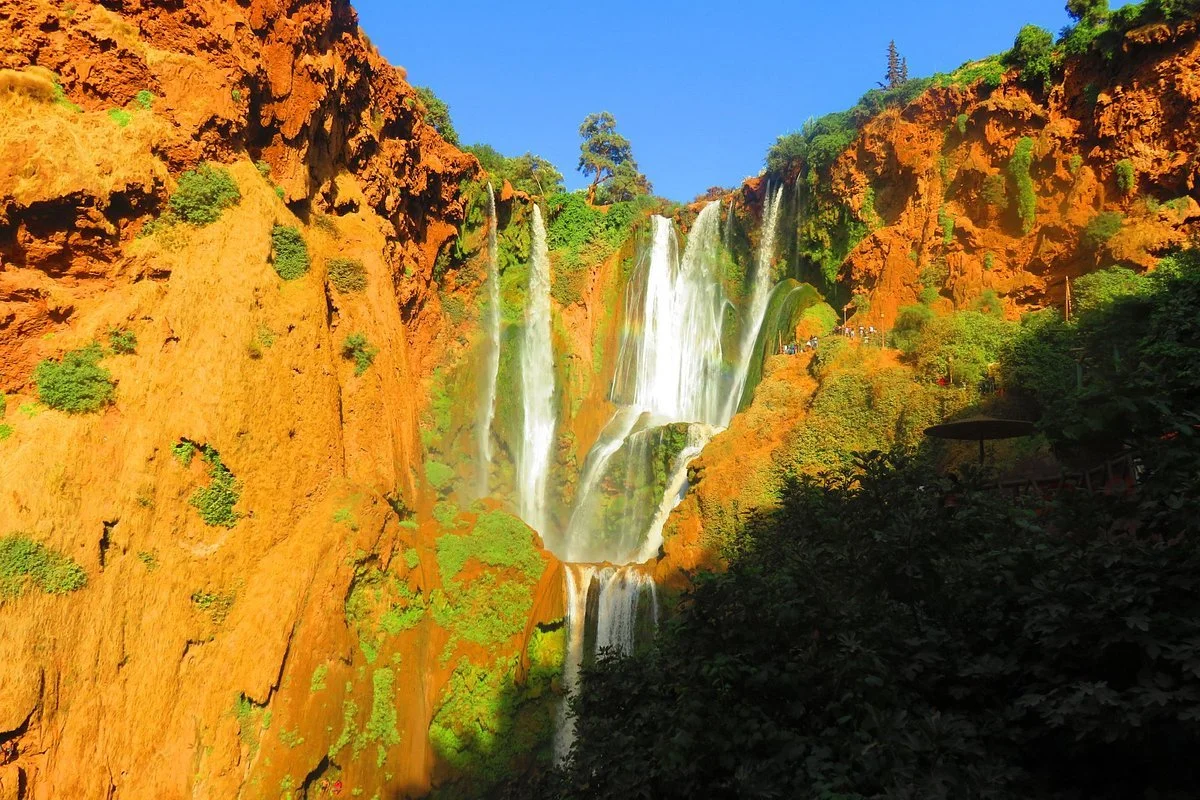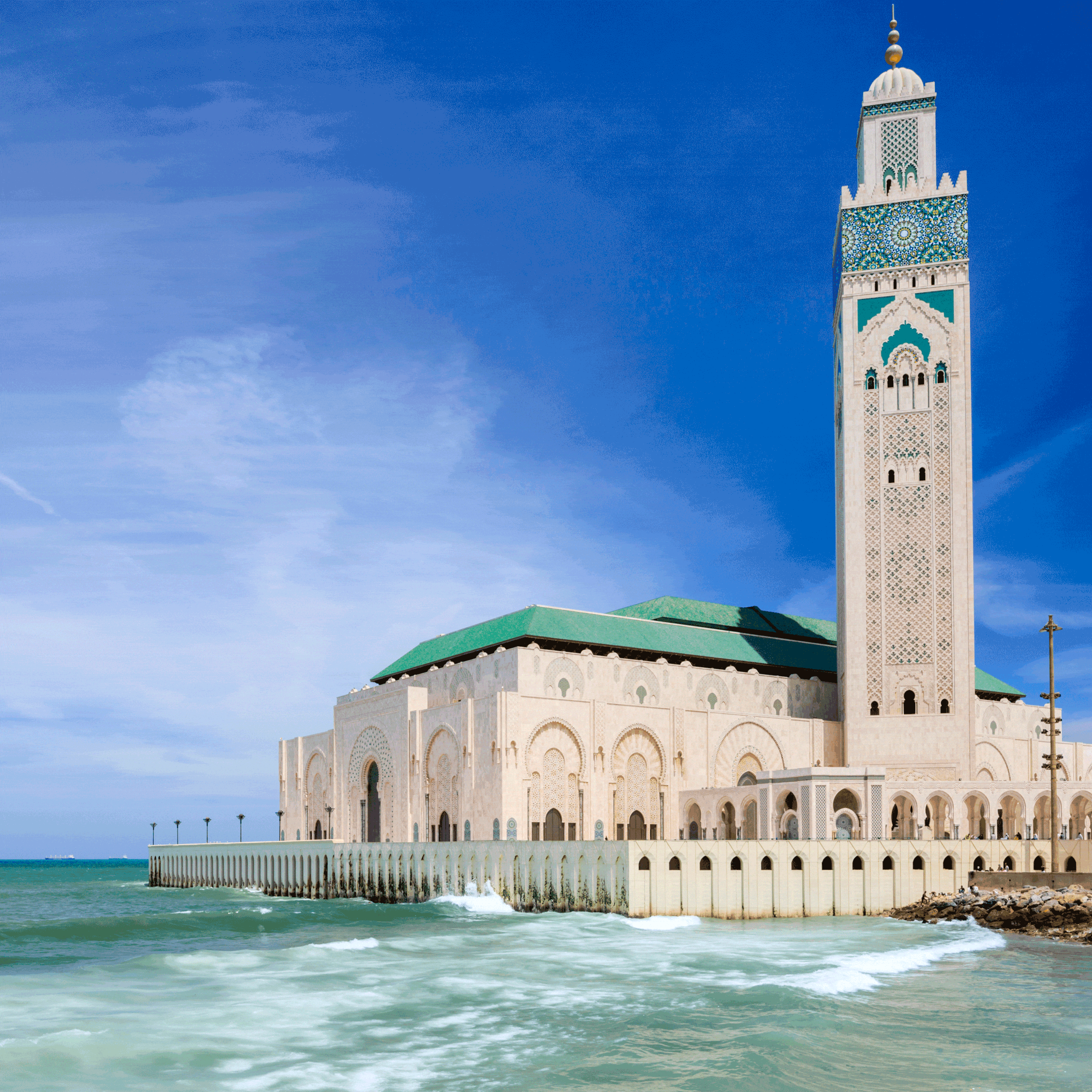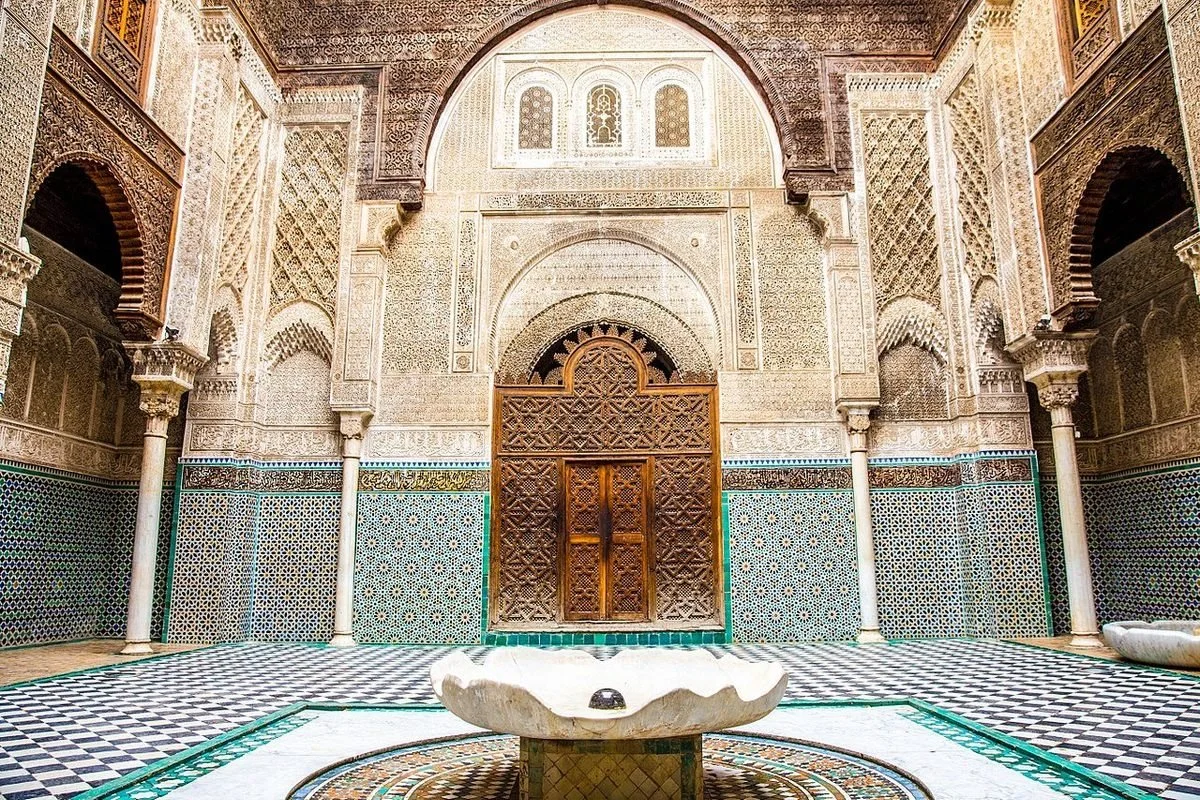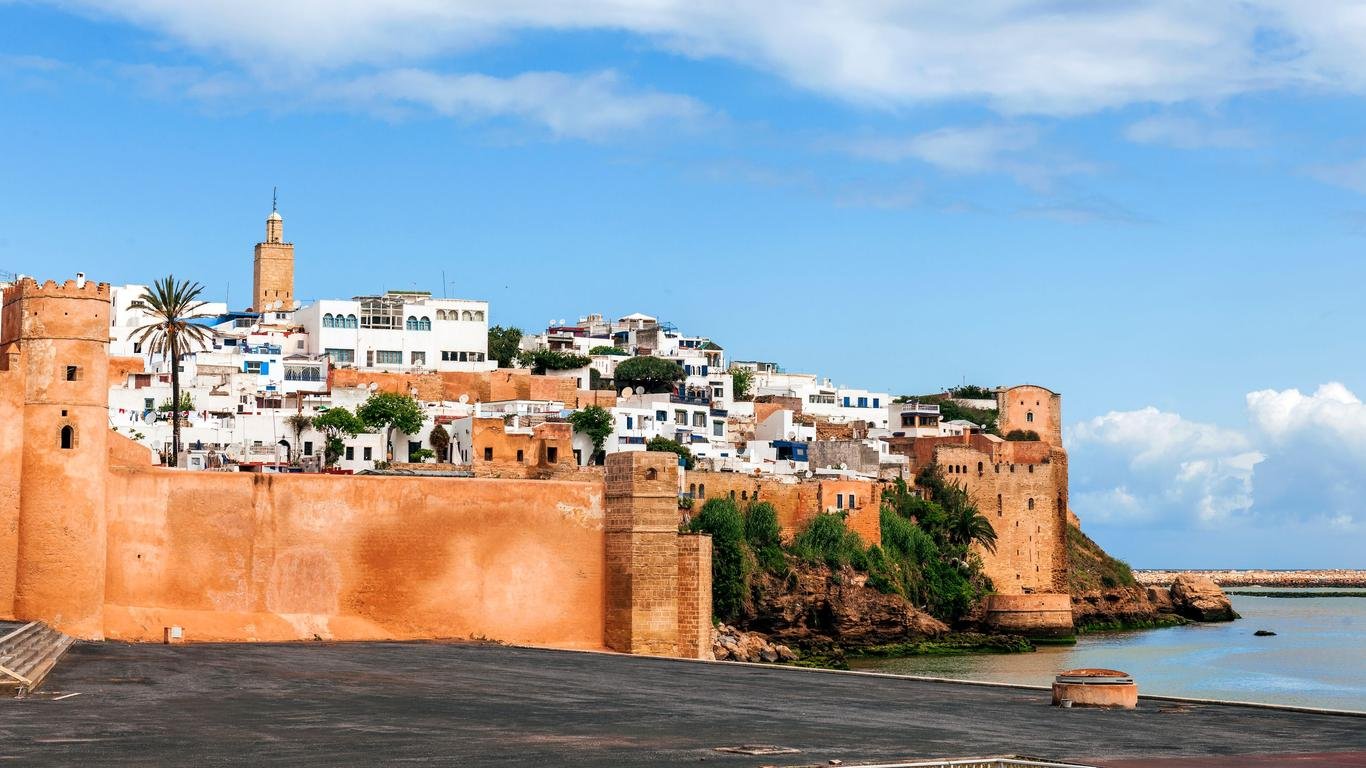Bring A Unique Piece of Morocco Home.
Handcrafted products from the finest luxury Moroccan Artisan. Traditional tools and techniques add authenticity and uniqueness to every handmade product. Morocco has long been celebrated for its famous leather tanneries that can trace their history back many years.
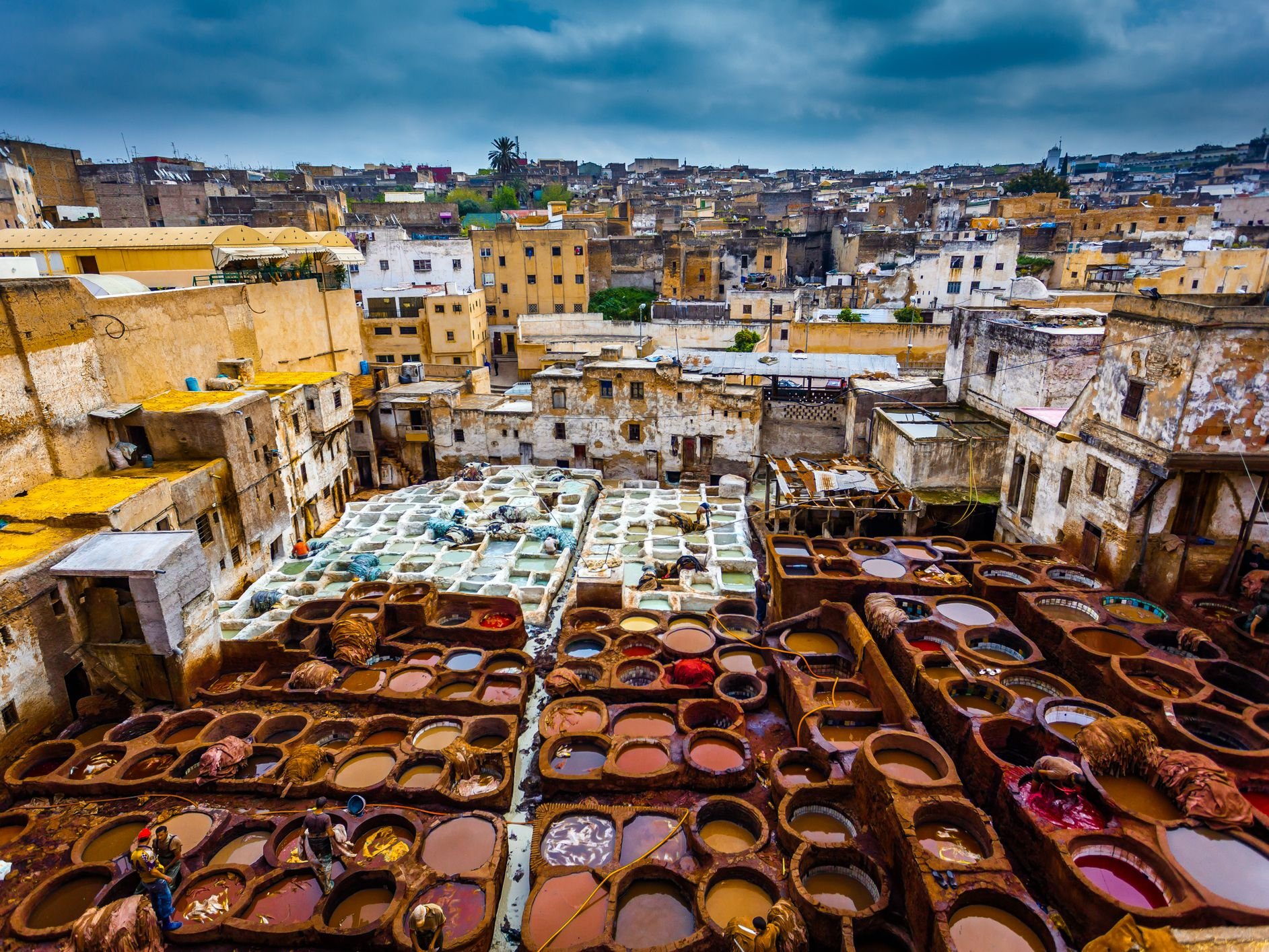
The dyeing vats at Chouara and the city’s other tanneries are among the Fes medina’s most iconic sights. In all its visceral authenticity, the ancient craft of tanning and dyeing (cow urine and pigeon poop are still key components in the process), plays out much as it always has. Chouara has been around since the 11th century. The dyes used in the tannery pits are natural: Blue comes from indigo; red from poppy or paprika; yellow from saffron, pomegranate, or even a mix of turmeric and mimosa flowers. The best vantage point for observation is from one of the roof terraces. Leather shops hawking everything from butter-soft leather babouches (iconic Moroccan backless slippers) and poufs to copies of designer jackets and handbags. (That Hermès Birkin bag, or a facsimile of it, could finally be yours at a fraction of the price.) Although the guides around here are a tenacious lot, don your best smile, carry a posy of mint to hold beneath your nostrils, and settle in for a long chat with the shopkeepers to learn about the fascinating process. Expect prices in the shops to vary wildly—much depends on your haggling prowess. A favorite store is the aptly named La Belle Vue de la Tannerie, off the main drag. The shop has sought out skilled tailors with European know-how to create items of better quality using all Moroccan hides, which results in better leather goods. The tailors can copy a motorcycle jacket for you in three or four hours from goat or lambskin, the softest of the hides.
Fes el Bali
Thuya Tree
Thuya Burl is an exotic wood. Such burl wood is strong, smooth, fragrant, and beautiful. Thuya wood is often considered similar to burl wood from a redwood tree and is highly priced in decorative woodwork however, thuya trees are rare as they grow primarily around the Atlas mountain region.
Afif Bennani, Moroccan Artist


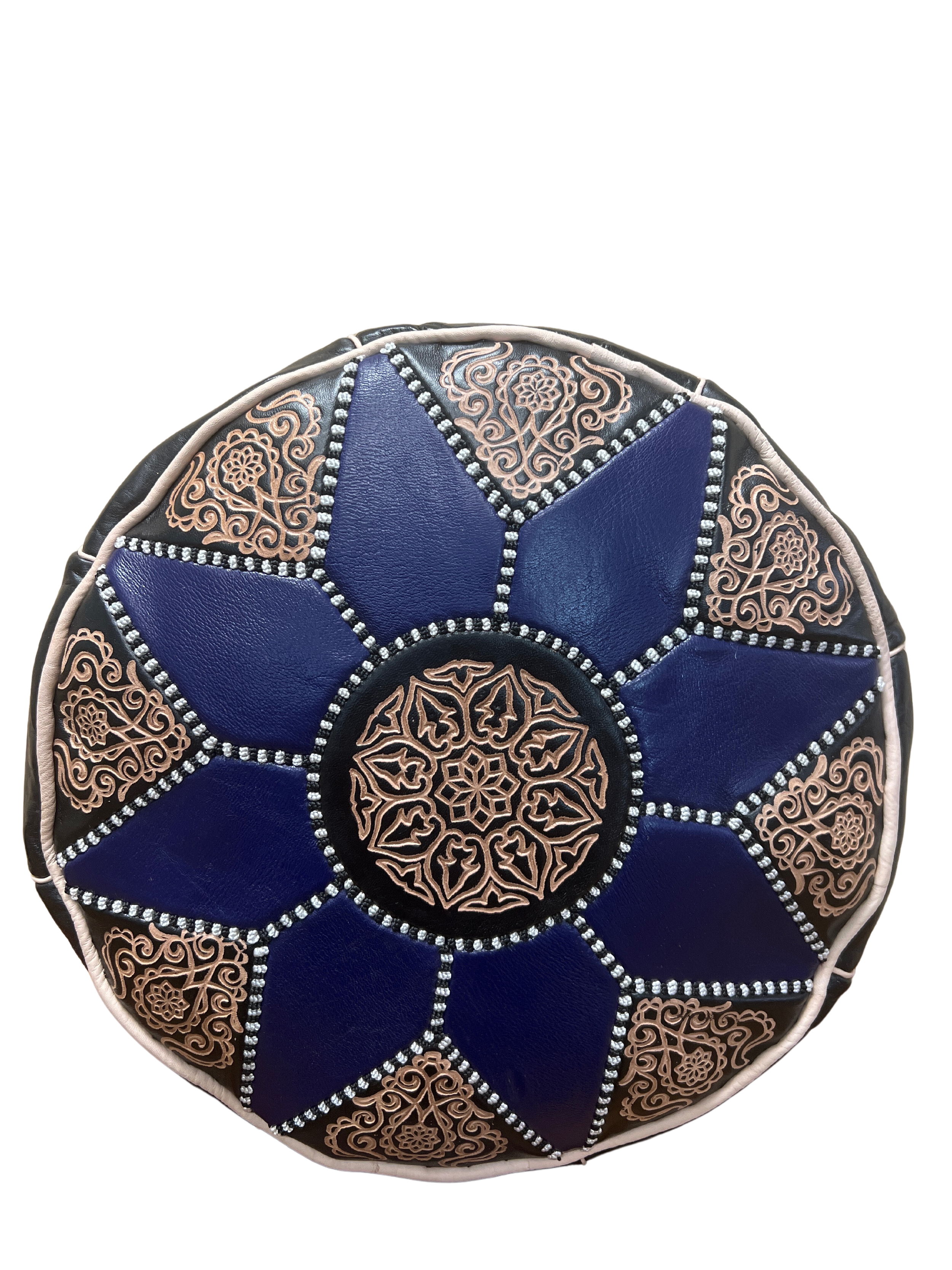



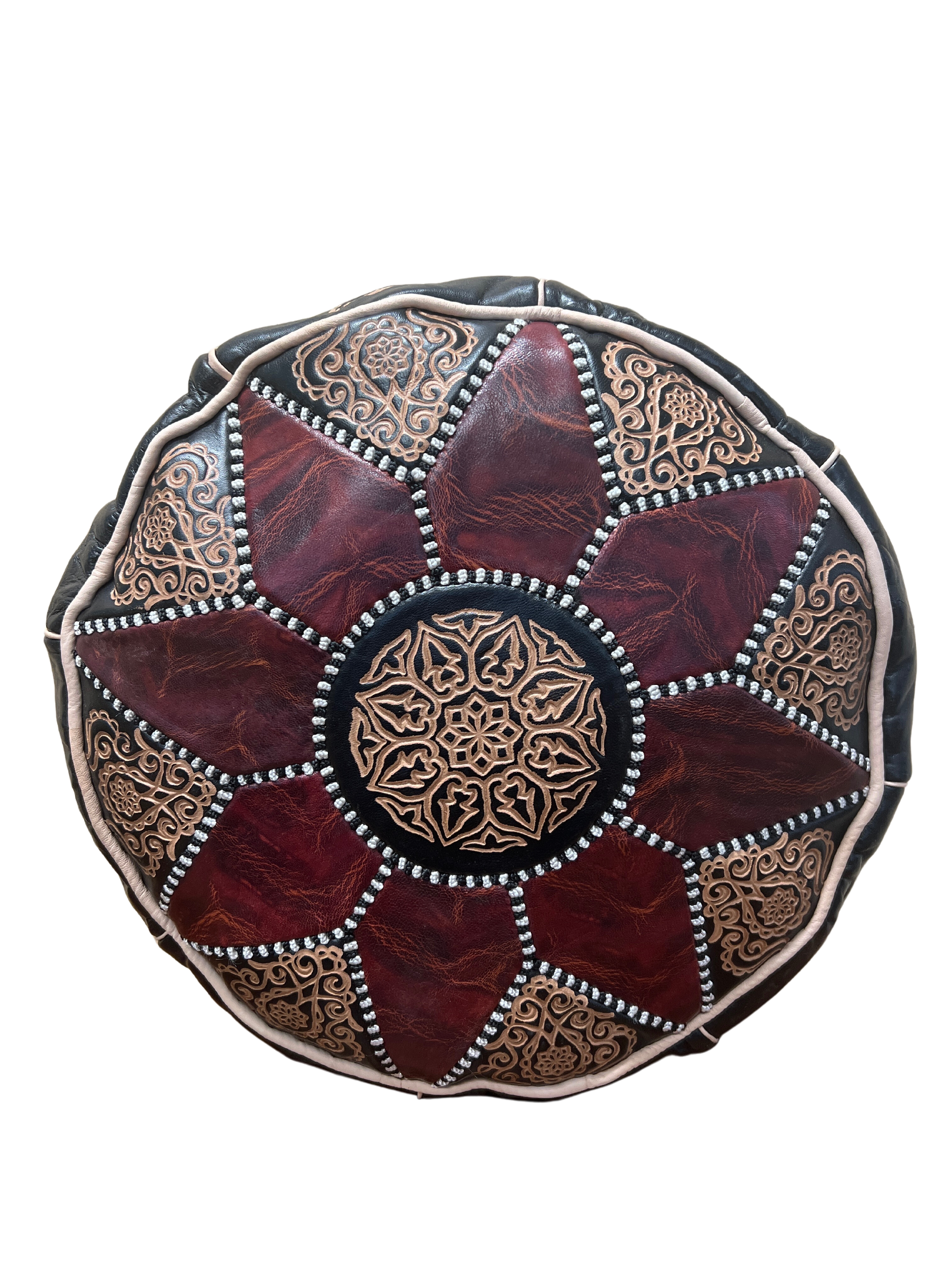
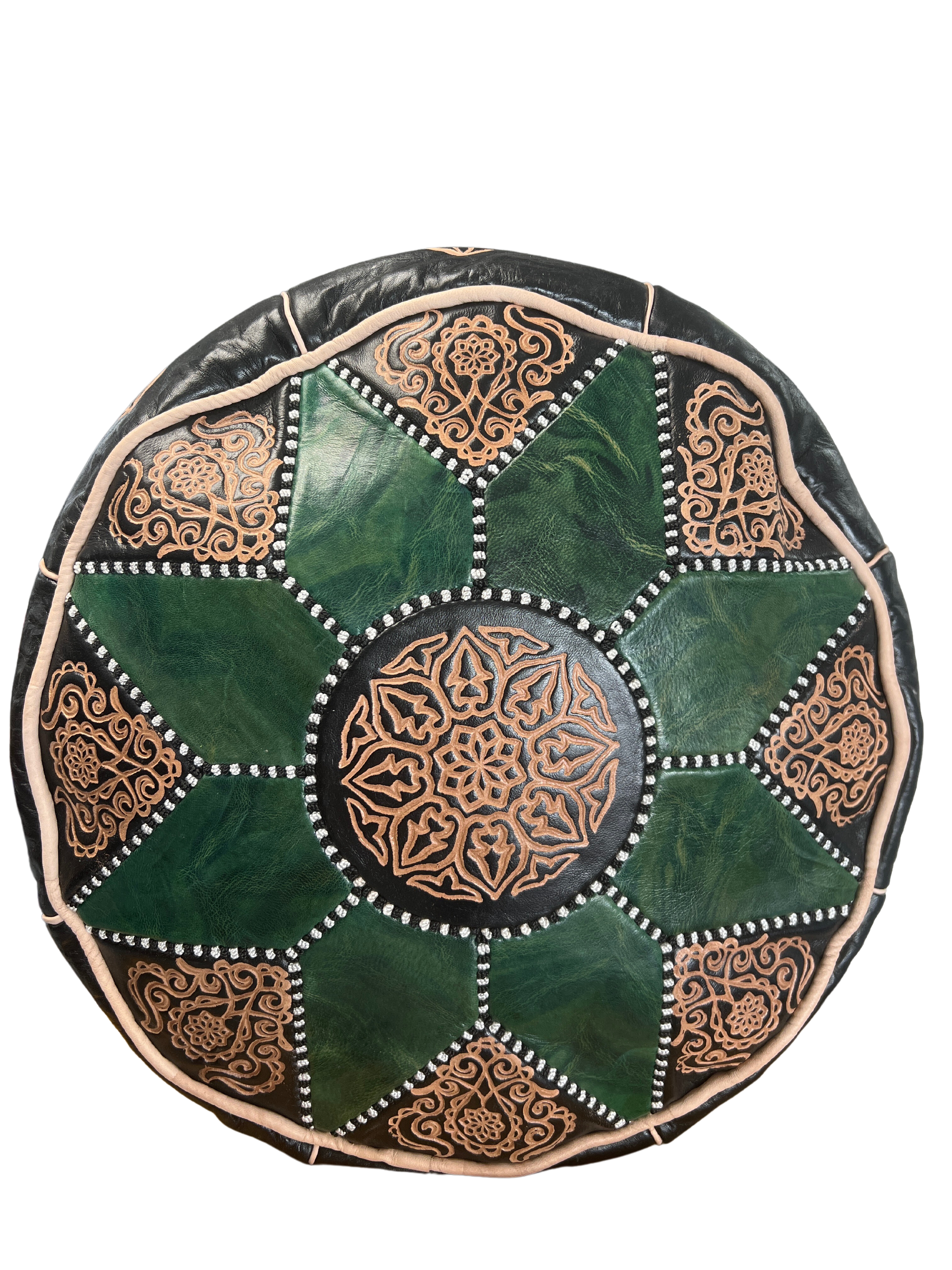
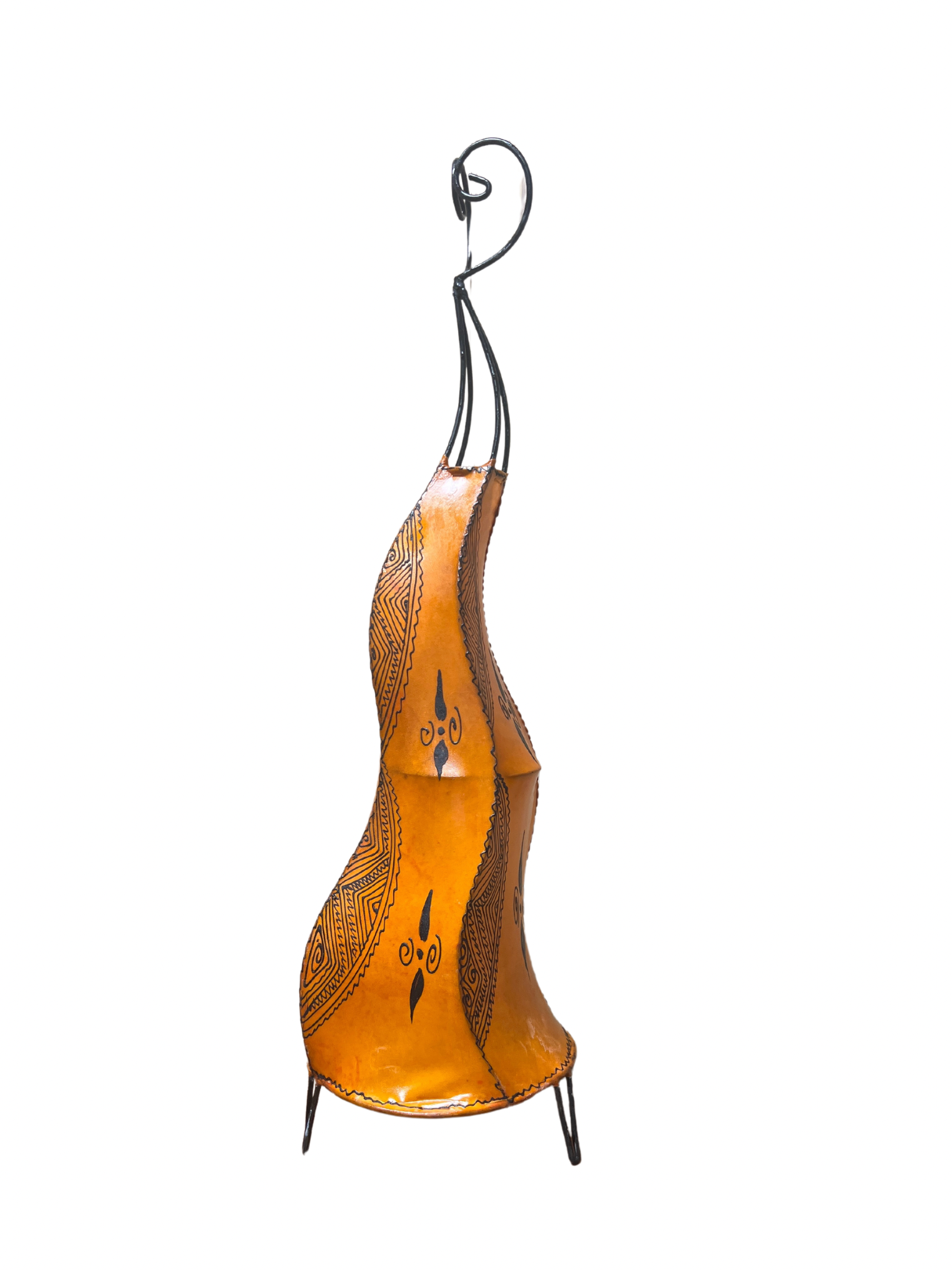












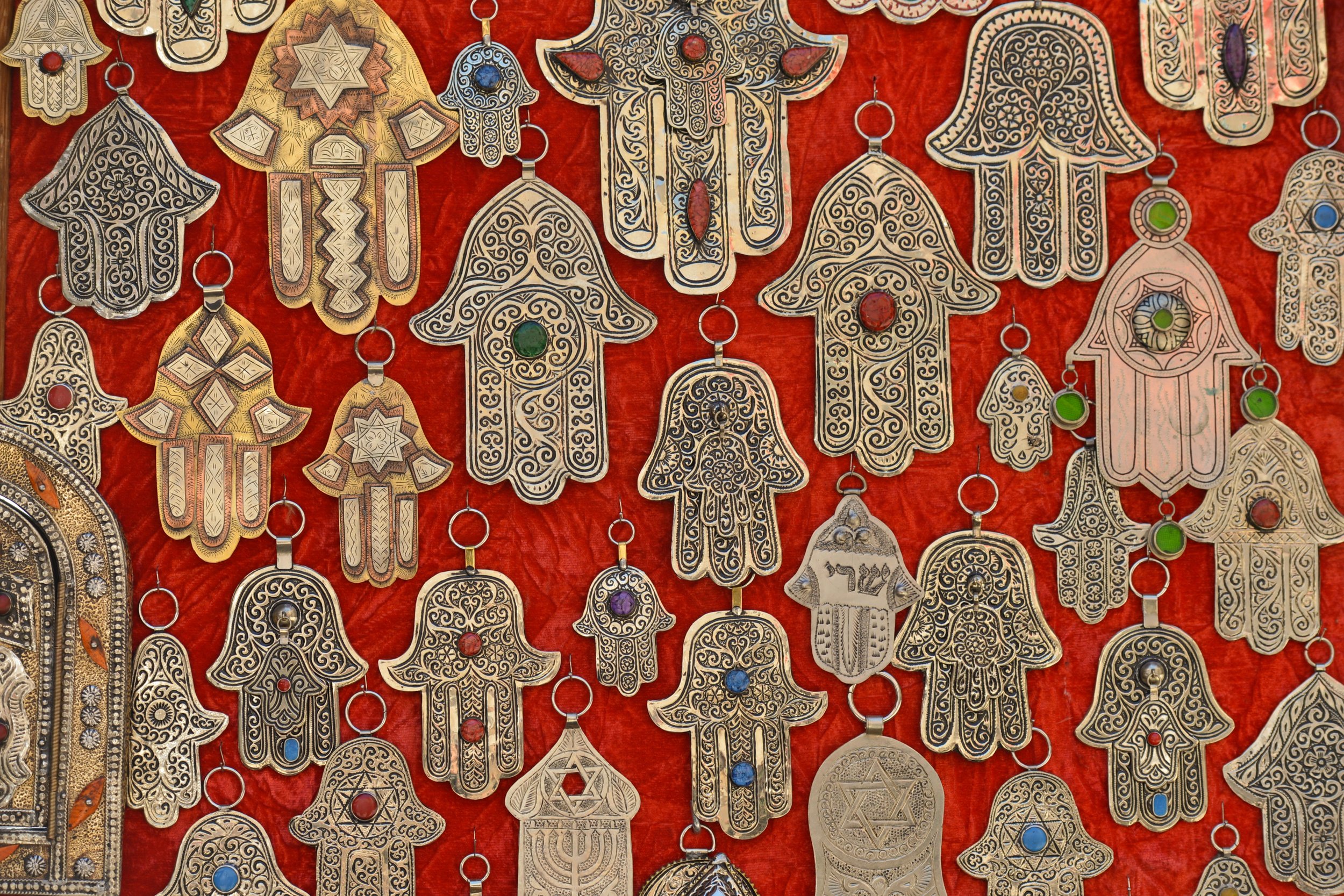
The Evil Eye or al-ayn (simply “the eye” in Arabic) is a curse that is said to cause harm in varying degrees, from miniscule annoyances, to making one’s fortune dissolve, to igniting a string of bad luck—whatever that entails. It is said that one gets the Evil Eye by way of another person’s glare, praises, or compliments, whether ill-intentioned or not. A person can even give themselves the curse by acting without humility.


